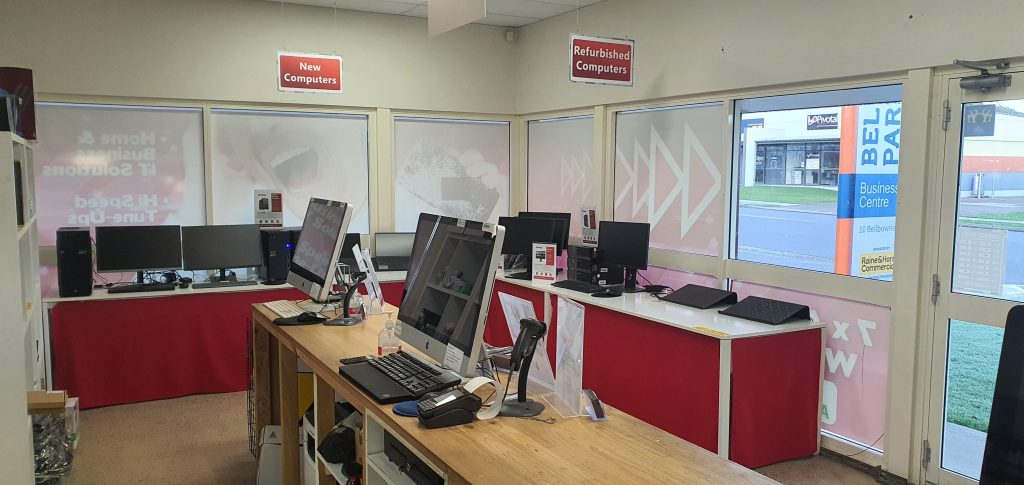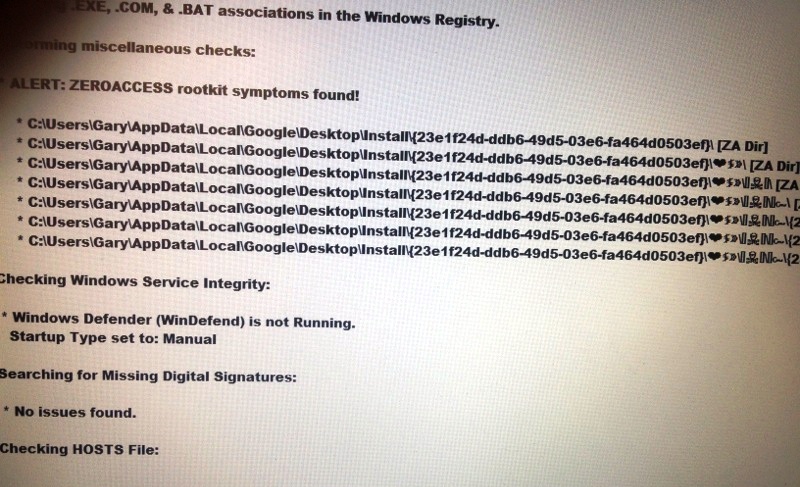6 Benefits of Repairing or Upgrading Your Computer Vs Buying New

Computer Upgrading vs Repairing vs Buying New
With entry-level PCs selling for less than $500 and fully equipped mainstream PCs selling for $1,200, you might wonder if it’s even worthwhile to repair or upgrade your old system. After all, a new system comes with a warranty, all new software, and shiny new parts. The problem is and we’ll try to put this politely a cheap new system is just that. Cheap. Year after year, consumer-grade, mass-market PCs are cost-reduced more and more. That shiny new cheap system comes with a cheap, unreliable motherboard; a small, slow hard drive; barely adequate memory; a marginal power supply; and so on. TANSTAAFL: There Ain’t No Such Thing As A Free Lunch.
Is it impossible, then, to buy a good system, manufactured with high-quality components? Of course not, but don’t expect to get it at a bargain price. Business-grade systems from name-brand vendors and systems targeted at gamers and other enthusiasts use high-quality components, but those systems are priced 50% to 200% higher than consumer-grade, mass-market systems. If you compare apples to apples, you’ll often find that it’s cheaper overall to repair or upgrade your current system than to buy an equivalent new system.
To find perfect webcams and gadgets for virtual working, check out Gearhungry
There are other good reasons to repair or upgrade your PC rather than replace it:
More choice
When you buy a PC, you get a cookie-cutter computer. You can choose such options as a larger hard drive, more memory, or a better monitor, but basically you get what the vendor decides to give you. If you want something that few people ask for, like a better power supply or quieter cooling fans or a motherboard with more features, you’re out of luck. Those options aren’t available.
And what you get is a matter of chance. High-volume direct vendors like Gateway and Dell often use multiple sources for components. Two supposedly identical systems ordered the same day might contain significantly different components, including such important variations as different motherboards or monitors with the same model number but made by different manufacturers. When you upgrade your PC yourself, you decide exactly what goes into it.


Optimum configuration
One of the best things about upgrading your own PC is that you can focus on what is important to you and ignore what isn’t. Off-the-shelf commercial PCs are by nature jacks of all trades and masters of none. System vendors have to strike a happy medium that is adequate, if not optimum, for the mythical “average” user. Want to store your entire DVD collection on your computer? You can upgrade your system to a terabyte (1,000 GB) or more of hard disk space. Want your system to be almost silent? You can choose upgrade components with that in mind, and end up with a system that’s nearly inaudible even in a quiet room. When you upgrade your existing system, you choose where to focus your efforts; when you buy a PC, you get what’s being offered.
Better component quality
Most computer vendors cut costs by using cheaper OEM (original equipment manufacturer) versions of popular components if they’re “visible” and no-name components if they’re not. By “visible,” we mean a component that people might seek out by brand name even in a pre-built PC, such as an ATI or NVIDIA video adapter. Invisible components are ones that buyers seldom ask about or notice, such as motherboards, optical and hard drives, power supplies, and so on.
OEM components may be identical to retail models, differing only in packaging. But even if the parts are the same, there are often significant differences. Component vendors usually do not support OEM versions directly, for example, instead referring you to the system vendor. If that system vendor goes out of business, you’re out of luck, because the component maker provides no warranty to end users. Even if the maker does support OEM products, the warranty is usually much shorter on OEM parts often as little as 30 to 90 days. The products themselves may also differ significantly between OEM and retail-boxed versions. Major PC vendors often use downgraded versions of popular products; for example, an OEM video adapter that has the same or a very similar name as the retail-boxed product, but runs at a lower clock rate than the retail version. This allows PC makers to pay less for components and still gain the cachet from using the name-brand product.
It’s worse when it comes to “invisible” components. We’ve popped the lid on scores of consumer-grade PCs over the years, and it never ceases to surprise us just how cheaply they’re built. Not a one of them had a power supply that we’d even consider using in one of our own systems, for example. They’re packed with no-name motherboards, generic memory, the cheapest optical drives available, and so on. Even the cables are often shoddy. After all, why pay a buck more for a decent cable? In terms of reliability, we consider a consumer-grade PC a disaster waiting to happen.
Warranty
The retail-boxed components you’ll use for your own PC include full manufacturer warranties that typically last for one to five years or more, depending on the component. PC makers use OEM components that often include no manufacturer warranty to the end user. If something breaks, you’re at the mercy of the PC maker to repair or replace it. We’ve heard from readers who bought PCs from makers who went out of business shortly thereafter. When a hard drive or video card failed six months later, they contacted the maker of the item, only to find that they had OEM components that were not under manufacturer warranty.


Fewer problems
When you repair or upgrade your own computer, you know exactly what you put into it, and you’re in a much better position to resolve any problems that may occur. If you buy a cheap computer, you’re likely to have many problems with it, and you’ll end up spending hours on hold or talking to someone abroad with an impenetrable accent. And, at the end of it all, they’ll probably insist that you install the replacement parts yourself anyway.
Environmental friendliness
There is growing concern among many people about the millions of PCs that are discarded every year. By repairing or upgrading your current system to extend its life, you minimize the burden on the environment.

Before you decide whether to repair or upgrade your current system or to replace it, first weigh all of the costs and all of the advantages and disadvantages.










